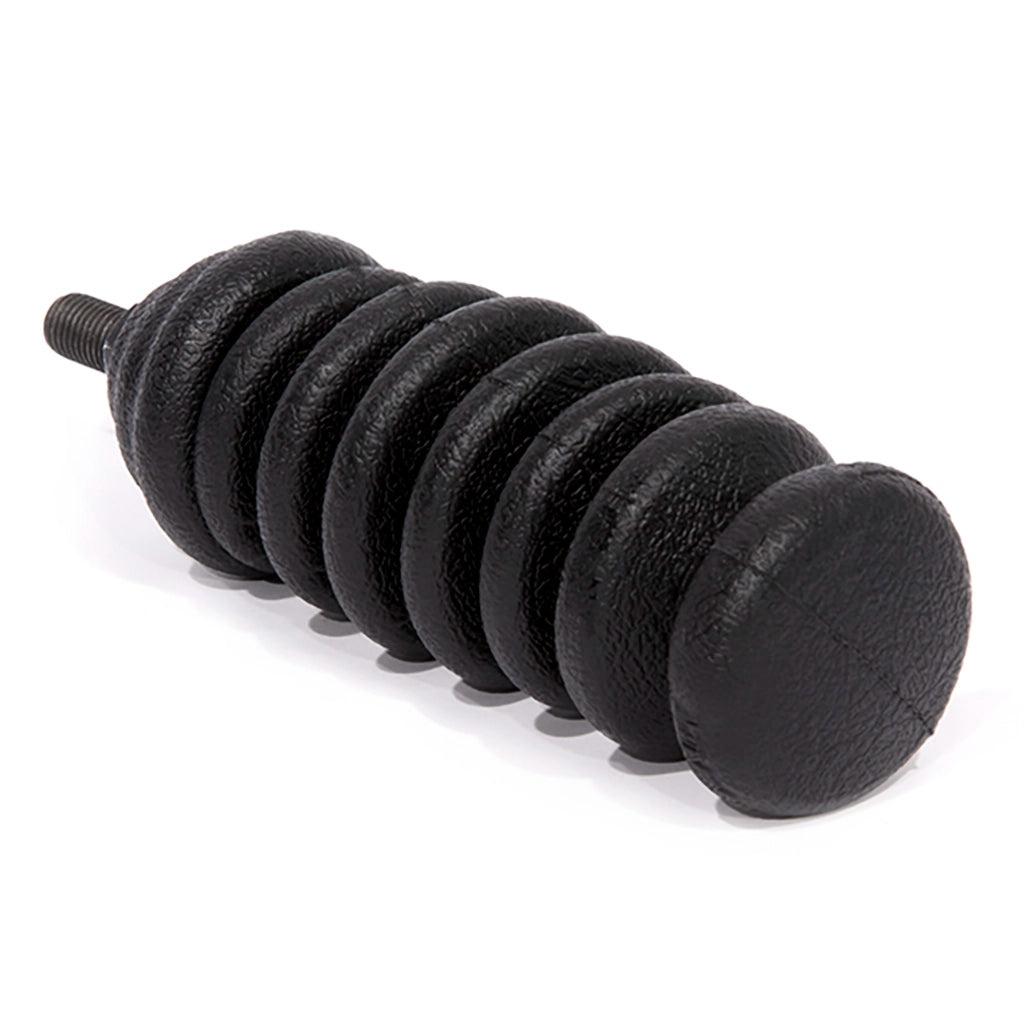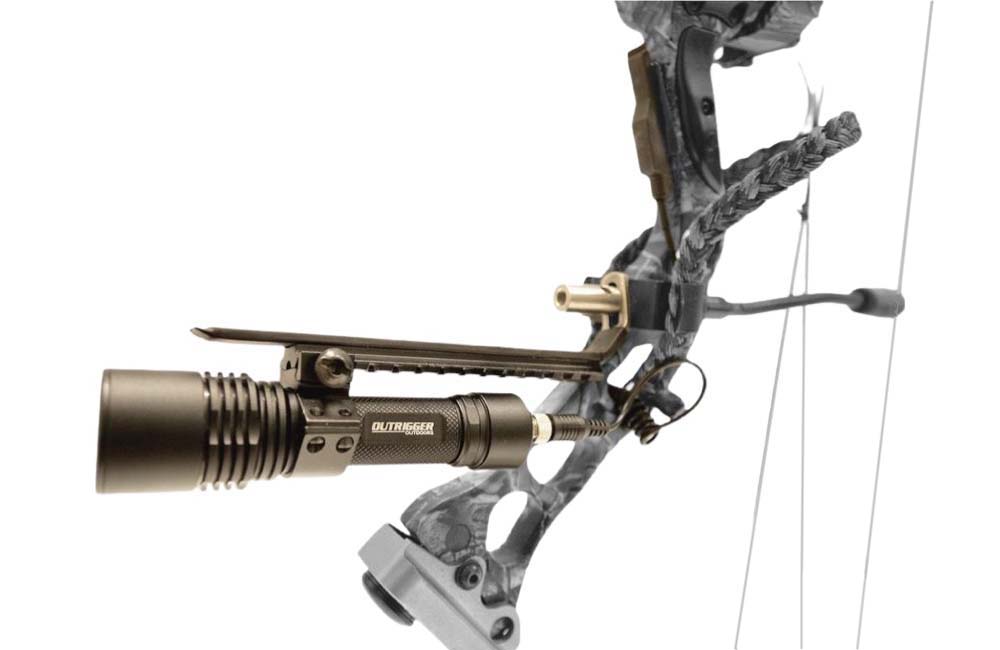Discover the Scientific Research of Bow Stabilizers: Getting Ideal Efficiency
Discover the Scientific Research of Bow Stabilizers: Getting Ideal Efficiency
Blog Article
The Ultimate Guide to Selecting the Right Bow Stabilizer for Archery Fanatics
A bow stabilizer plays a vital function in improving precision, reducing resonance, and supplying balance throughout the shot. In this ultimate overview, we will discover the different types of bow stabilizers, the variables you must think about when picking one, and exactly how to identify the perfect size and weight for your bow stabilizer. Whether you're a skilled archer or simply starting out, get all set to elevate your archery video game with the excellent bow stabilizer.
Kinds Of Bow Stabilizers
There are numerous kinds of bow stabilizers readily available for archery fanatics to select from. One type of bow stabilizer is the static stabilizer, which is a straightforward and simple alternative.
One more kind of stabilizer is the vibrant stabilizer, also recognized as the adjustable stabilizer. Dynamic stabilizers are often used by competitive archers that require specific control over their devices.
Some bow stabilizers additionally include additional attributes, such as wetting systems or resonance reduction modern technologies. These features help to absorb and dissipate the resonances that take place when the bow is terminated, further boosting stability and lowering hand shock.
Aspects to Consider When Choosing a Bow Stabilizer
When choosing a bow stabilizer, archery lovers need to meticulously consider several vital factors. Some archers may prefer a solitary pole stabilizer, while others may choose for a multi-rod or sidebar stabilizer configuration. By carefully thinking about these variables, archery fanatics can choose a bow stabilizer that fits their requirements and aids them achieve optimum performance on the range or in the field.

How to Determine the Perfect Size for Your Bow Stabilizer
To identify the perfect size for your bow stabilizer, it is important to take into consideration elements such as shooting style, personal preference, and preferred balance. The length of a bow stabilizer can have a substantial effect on the general efficiency and feeling of your bow.

On the various other hand, if you have an extra loosened up shooting design or prefer shooting much longer distances, a much longer stabilizer may be valuable (bow stabilizer). Longer stabilizers supply boosted security and minimized bow torque, leading to boosted accuracy and uniformity throughout longer shots
When establishing the optimal size,Individual choice likewise comes right into play. Some archers favor the feel and equilibrium of a much shorter stabilizer, while others favor the included security and control supplied by a much longer stabilizer. It is very important to experiment and find what size feels most natural and comfy for you.
Lastly, the preferred equilibrium of your bow can influence the suitable stabilizer length. A front-heavy bow might take advantage of a longer stabilizer to attain an extra well balanced feel, while a back-heavy bow might need a shorter stabilizer to remedy the equilibrium.
Recognizing the Value of Weight and Equilibrium in Bow Stabilizers
Weight and balance are critical factors to think about when choosing a bow stabilizer for ideal efficiency in archery (bow stabilizer). The weight of a stabilizer influences the total equilibrium of the bow, which in turn influences the shooter's ability to hold the bow steady during the shot. A stabilizer that is too hefty can make the bow feel front-heavy, while a stabilizer that is as well light can make it really feel back-heavy. It is important to discover a stabilizer that provides the ideal balance for the individual shooter's preferences and shooting design.
The weight and balance of a bow stabilizer additionally impact the amount of vibration and sound produced during the shot. A stabilizer that is as well hefty can absorb extreme amounts of vibration, resulting in reference a quieter shot.
Furthermore, the weight and balance of a bow stabilizer can likewise affect the ability to move of the bow. A Recommended Reading much heavier stabilizer can make the bow really feel a lot more stable and stable, but it may additionally make the bow really feel bulkier and less maneuverable. Alternatively, a lighter stabilizer can make the bow really feel even more nimble and easier to navigate, yet it may compromise some security. It is vital to strike a balance in between stability and maneuverability to locate the ideal weight and equilibrium for every private shooter.
Top Brands and Versions of Bow Stabilizers out there
There are a number of credible brands and models of bow stabilizers offered in the existing market. Additionally, Prize Ridge is a trusted name in the web archery neighborhood, using stabilizers that offer optimal equilibrium and stability. When picking a bow stabilizer, it is crucial to consider factors such as weight, material, and length building and construction.
Verdict
In final thought, choosing the best bow stabilizer is critical for archery lovers. Keep in mind, selecting the suitable bow stabilizer can greatly boost archery efficiency and total capturing experience.
In this utmost overview, we will certainly explore the different types of bow stabilizers, the elements you should consider when selecting one, and exactly how to determine the optimal length and weight for your bow stabilizer. One kind of bow stabilizer is the fixed stabilizer, which is a straightforward and simple option.An additional type of stabilizer is the dynamic stabilizer, also known as the adjustable stabilizer. Some archers prefer the feel and balance of a much shorter stabilizer, while others like the included stability and control offered by a longer stabilizer. A stabilizer that is also hefty can make the bow feel front-heavy, while a stabilizer that is too light can make it feel back-heavy.
Report this page